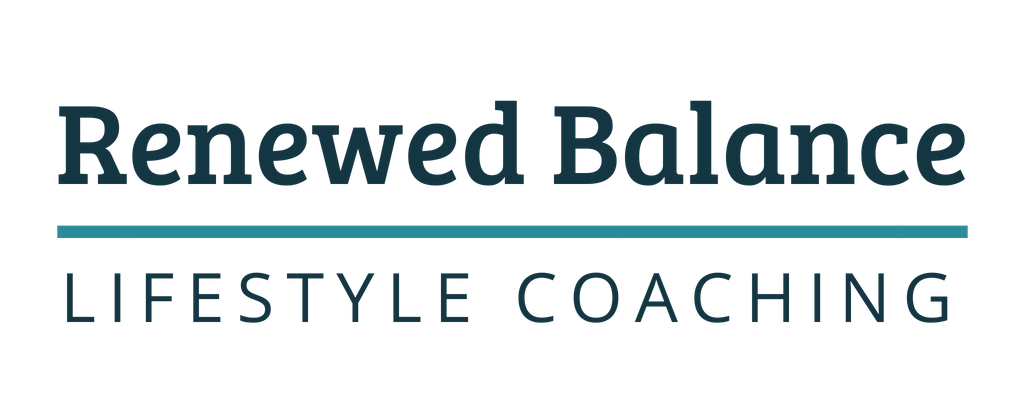Rest/Recovery Modalities And Interventions
“Adequate stress plus adequate rest equals positive physiological adaptation.”
As important as it is to continuously challenge your body with new stress, resting is also a priority when it comes to making physiological adaptions. Resting doesn’t necessarily mean just sitting down (passive rest), there are different modalities and interventions that athletes use regularly during their programs.
What are recovery interventions and modalities?
Recovery interventions and modalities are strategies or “tools” athletes and coaches use to enhance recovery so that the athlete can train and compete again at their most optimal level. Some of them include hydrotherapy, foam rolling, compression, stretching, massages, and electrical stimulation among many others.
1. Massages
Advantages: They are said to reduce DOMS, and increase blood flow which helps get rid of metabolic waste products.
Disadvantages: Literature is limited and some athletes reported to not feel relieved in muscle soreness. Literature shows that active rest or cold water immersions are more effective for recovery purposes
2. Compression
Advantages: Compression garments improve venous return by applying gradual compression to the limbs. This is said to help with exercise-induced muscle damage, reduce swelling and reduce the feeling of muscle soreness
Disadvantages: Besides that, they are only most effective immediately post-exercise, there is not a lot of research saying that it impedes recovery, and for the small advantages it brings, it might be worth to use for some athletes.
3. Electrical stimulation
Advantages: Just like massages, the science behind electrical stimulation is that involuntary muscle contractions increase blood flow and remove metabolic waste.
Disadvantages: Depending on where you are it might be hard to get access to it. Also, there is not enough evidence yet to prove the most effective recovery modality. Research has shown that active recovery can still be more effective.
4. Coldwater immersions (CWI)
Advantages: One way CWI is said to help with recovery is by temperature-induced vasoconstriction, which then leads to fewer fluids travelling through our vessels which it’s supposed to reduce inflammation. Also, the drop in temperature blunts nerve conduction, which could reduce the sense of pain or soreness.
CWI is said to be most effective when you have back-to-back competitions or multiple continuous days of competing.
Disadvantages: Not good to do in the long run and is not as effective as a regular recovery modality after training sessions or just one competition.
The recovery modality I would choose would depend on the situation, athlete and sport. In the past where I’ve had athletes compete in a weekend soccer tournament where they play 3-4 games in one weekend, I encouraged them to take ice baths after the games (CWI) but is not something I would ask them to do after regular practice. I think a combination of 2/3 modalities should be beneficial. Such as active rest, massage and electrical stimulation.
Conclusion
As previously mentioned, there are many rest modalities to choose from and the athlete and coach should be aware of them as they can be more beneficial than others in certain situations. All these different techniques should serve as a reminder that resting needs to be seriously taken into account to decrease the chance of injury.
References
Malcolm, C. (2019, May 21). A Million Modalities: The Science of Exercise Recovery. Retrieved August 03, 2020, from https://www.irunfar.com/2019/05/a-million-modalities-the-science-of-exercise-recovery.html
PBATS.com. (2018, December 11). Recovery Modalities: An Update on the Science. Retrieved August 03, 2020, from https://pbats.com/recovery-modalities/
Recovery Techniques for Athletes. (n.d.). Retrieved August 03, 2020, from https://www.gssiweb.org/sports-science-exchange/article/sse-120-recovery-techniques-for-athletes
By caloric cycling versus long term dieting through caloric deficit, studies have often shown favourable results and far happier tested subjects.
https://btn.academy/blogs/news/metabolic-adaptation-weight-loss-science
